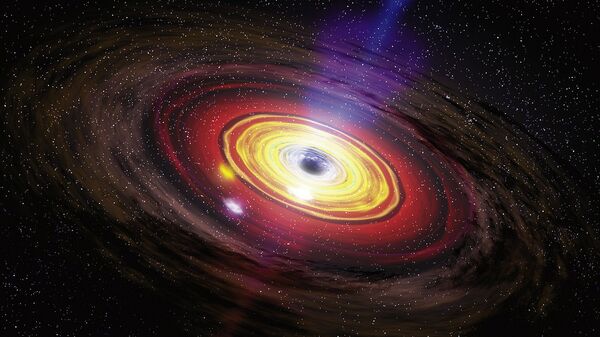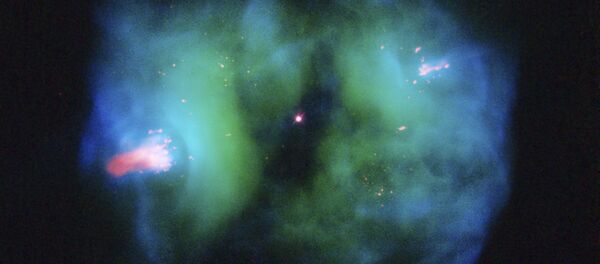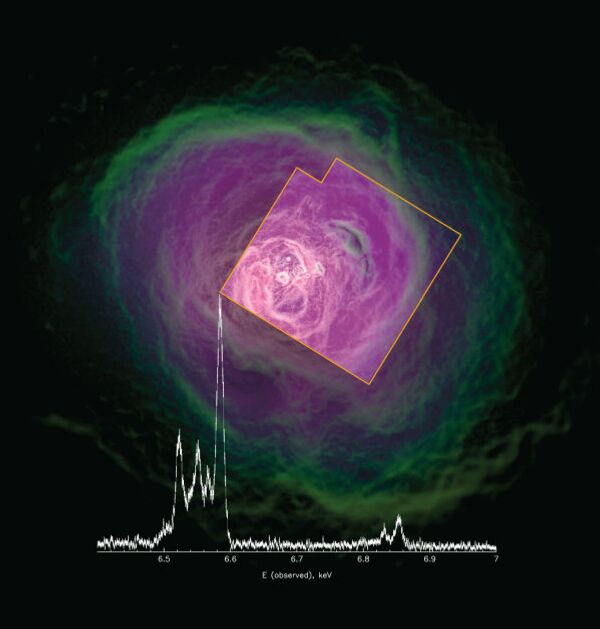However, about a month later, just as the scientists were going through final preparations before putting the telescope on stream, the satellite link was lost and Hitomi broke apart.
Within the next few days Hitomi, or what was left of it, showed sporadic signs of life but failing to establish direct communications with the probe, JAXA eventually gave up trying.
But before it broke apart, Hitomi did send down its first and final shots made in late February and early in April. The unique images of the Perseus galaxy shows hot gases moving around a supermassive black hole offering the most accurate view of the galaxy’s x-ray emissions so far.
According to Andrew Fabian of Cambridge University, Felix Aharonian from Moscow’s National Research Nuclear University and their colleagues working as part of the Hitomi collaboration, observation of the movement of these hot gases gave the scientists an insight into how black holes prevent the cooling of clouds of hot hydrogen inside and outside galaxies and why star formation is relatively rare in galaxy clusters turning them into gigantic graveyards of stars.
By observing the movement of gases around the black hole the scientists managed to calculate the exact mass of galaxy clusters in the Perseus galaxy.
Scientists also determined that the speed of hot gases traveling between galaxies within the Perseus cluster was not as great as previously thought and does not exceed 150 kilometers per second. Their movement was also found to be less turbulent than expected.
Sadly, this is about all the information Hitomi managed to provide before its demise. Its nearest analogues, like the European probe Athena, are not expected to be launched before 2028, which means that the secrets of the black holes and of their impact on galaxies will remain unsolved, at least for now.




